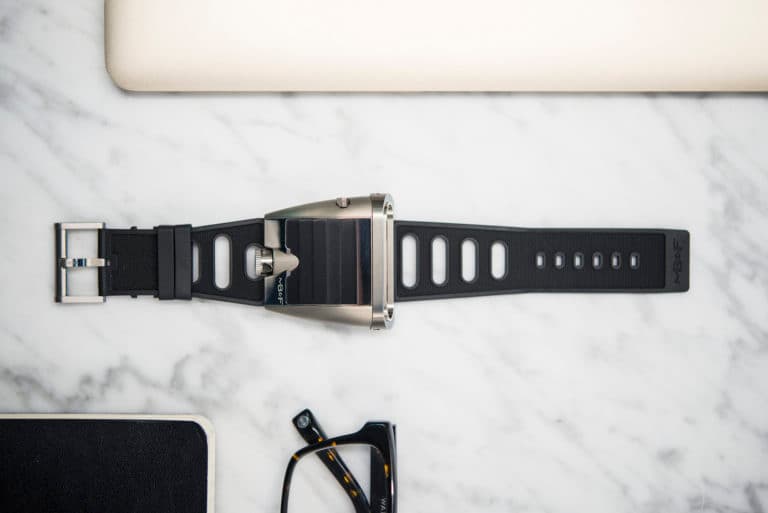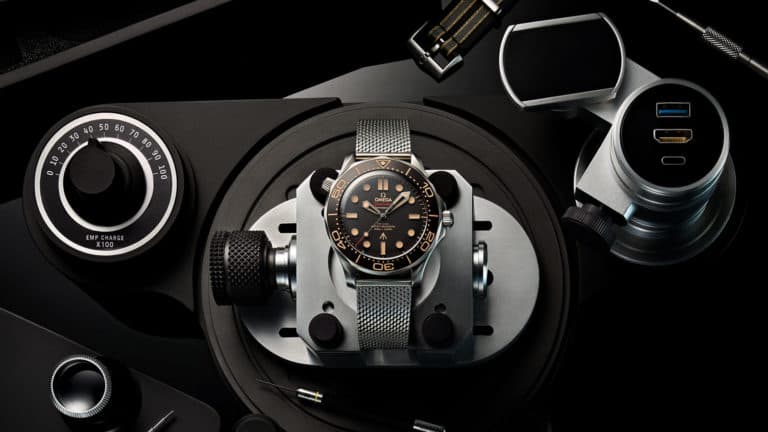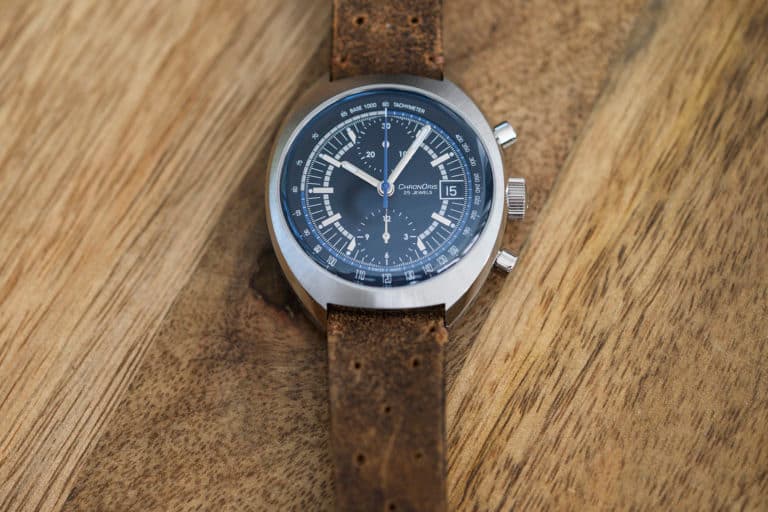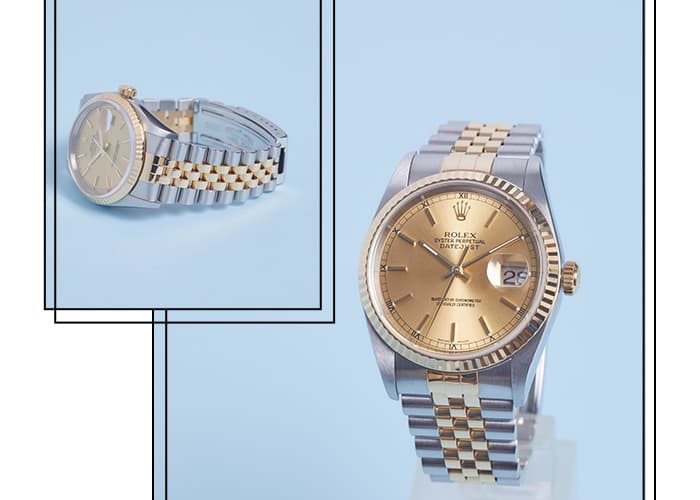From Rolex to Seiko, we’ve talked about tool watches before, and while the dive watch can almost always be classified as tools, they deserve a category unto themselves. Dive watches found popularity with the rise of recreational diving in the 50’s, not as a fashionable accessory, but as a vital tool to the act of diving safely. Timing decompression stops, total dive time, and surface intervals were but a few uses of the dive watch. These days, far more sophisticated dive computers worn on the wrist have relegated actual dive watches to mere formal wear for post-dive beers at the pub. Paradoxically, dive watches are more popular than ever, with brands rushing to one-up each other in-depth ratings and obscure complications that will likely never be put to use. What’s all this supposed to mean to you? Here’s our guide to understanding dive watches, and what all that fancy marketing means to regular buyers like you.
First off, don’t stress about depth ratings. The ability to go beyond 2,000m into the depths may sound impressive, like the Rolex Deep Sea Sea-Dweller with a 3,900m depth rating. But in reality, watches with a mere 100m depth rating will be more than enough to get you through everyday casual swims, to any bit of recreational diving you have planned, nearly all of which is done in less than 40m of depth. This should ultimately be a non-factor when looking for a dive watch to add to your collection. Watches with 100m depth rating enjoy a few other benefits you might appreciate, such as slimmer cases and lower price points, two things that you will notice.
Next up, look for the practical elements of dive watches to inform your purchase, rather than exotic-sounding complications. Trust us, you aren’t going to need that helium release valve seen on the Omega PloProf. Think about features that you’ll notice on a day to day basis, such as legibility, which is generally pretty good on dive watches, but sometimes the emphasis is placed on an oversized minute hand, which may not jive well with your needs. You might find a date complication more useful than a decompression chart around the bezel (or on the dial itself), and you’ll definitely appreciate a slimmer case with a 150m depth rating over a 15mm thick watch with a 1,000m depth rating.
Finally, understand how to take advantage of dive features for your own needs. We all love dive watches for their rich history, and rugged good looks, but when they start to make sense in the context of your daily grind, they take on a whole new meaning. Most dive watches feature prominent rotating bezels, some of which can be used to track a second time zone, like on the classic Rolex Submariner. Others are great for tracking the time left on your parking meter. Odds are good you’ll get more use out of ad hoc assignments of the mundane variety than actually timing decompression stops.
A dive watch isn’t defined by a single feature, but it’s a style that resonates deeply with enthusiasts for what it’s come to mean in regards to mechanical watch history as a whole. They are watches that say a lot about human ingenuity and speaks to our nature as explorers. These are watches that, at their core, are the tools that we make of them, whether that’s diving shipwrecks off the coast of Sri Lanka, or timing the perfect hard-boiled egg.


























